Plants - we cannot live without them
They are everywhere on this planet and are often taken for granted. They have lived on Earth for millions of years and have adapted to variable environmental conditions. They are survivors and we need them to survive. We also need to learn more about plants to benefits our health and becoming survivors like them.
My first fascination with plants was in my elementary years. I loved to eat watermelon when I was a child. I asked the farmer how he grew his watermelons. He told me that watermelons grow best on sandy soil. Until now, I still wonder where the melons get the water from. Similarly, how does Aloe Vera know to produce healing juice when living in scorching hot desert? In school, we also learned that plants take the carbon dioxide that we breathe out and convert it to oxygen that we need to breathe. Plants have created an environment that we depend on.
Plants cannot talk but they can communicate through our senses. They have scents that we can smell and affect our endocrine system, which in turn, affecting our emotions. They have tastes that we learn to like or dislike. They have colours that tell us what they are, what nutrients that they have and even a change of seasons. There is so much knowledge hidden in the colours of plants. We need to know how to read and understand the colours to fully benefit from them.
Colours of four seasons
Green dominates as new leaves sprout from branches of trees and ground. Green is the colour of Chlorophyll. Interacting with sunlight, Chlorophyll converts carbon dioxide to oxygen through a process called “Photosynthesis”. As there is more sun light and warmth in spring, animals wake up from hibernation and people become more active. We can use more oxygen. Green plants are often consumed for cleansing and detox purposes. For example, drinking green tea helps to clean our digestive system. Consuming green food is especially important after winter, a long inactive and high fat diet season.
This is the season filled with vibrant red, blue and purple colours. These colours have a common pigment called “Anthocyanin”. Bright colours attract insects and animals to aid in pollination. These colourful plants contain numerous nutrients to keep us active during the summer months. For example, red fruits and vegetables are usually rich in iron. Blue and purple foods are rich in antioxidant. Anthocyanin has shown to act as “sunscreen” to protect the plant from sun damage by absorbing blue-green ultraviolet light.
In general, a season when grounds are covered with white snow and with limited vegetation. The prominent plants are white root vegetables, such as garlics, ginger, turnips, white cabbages and onions. These white color foods contain Anthoxanthins, a type of flavonoid pigment. Anthoxanthins are antioxidants and immune boosters, which we need in the winter months to fight off colds and flu.
This is the season when day light becomes shorter; there is not enough light for photosynthesis. Plants start to lose the green colour (Chlorophyll) , thus we see the red, yellow and orange colours masked by the green chlorophyll. Plants change colour in preparation for the colder and darker months ahead. Yellow, orange and red foods are rich in Carotenoids. These foods include pumpkin, winter squashes and yam. In autumn, days become shorter, nights become longer and temperature starts to drop. Pigments from Carotenoids are fat soluble pigments. Benefits of Carotenoids include protecting and improving our eyes, boosting our immune system by stimulating the production of certain white blood cells, and protecting the fats in our blood from free radicals (anti-oxidant). Thus, eating foods rich in Carotenoids prepares our bodies for the coming cold, dark, less active and higher fat- diet winter months.
Historically, people have been dying textiles using plants and insects for thousands of years. Through dying with natural materials, I have learnt even more beneficial features of plants. After natural fabrics (eg: cotton or silk) are dyed with plants, such as indigo and madder, the fabrics possess more UV protection for our skin. In addition, naturally dyed fabrics repel insects. I come to realize the reasons why many farmers in Asia in the past wore blue indigo dyed cotton when working in the field.
Vennie Chou
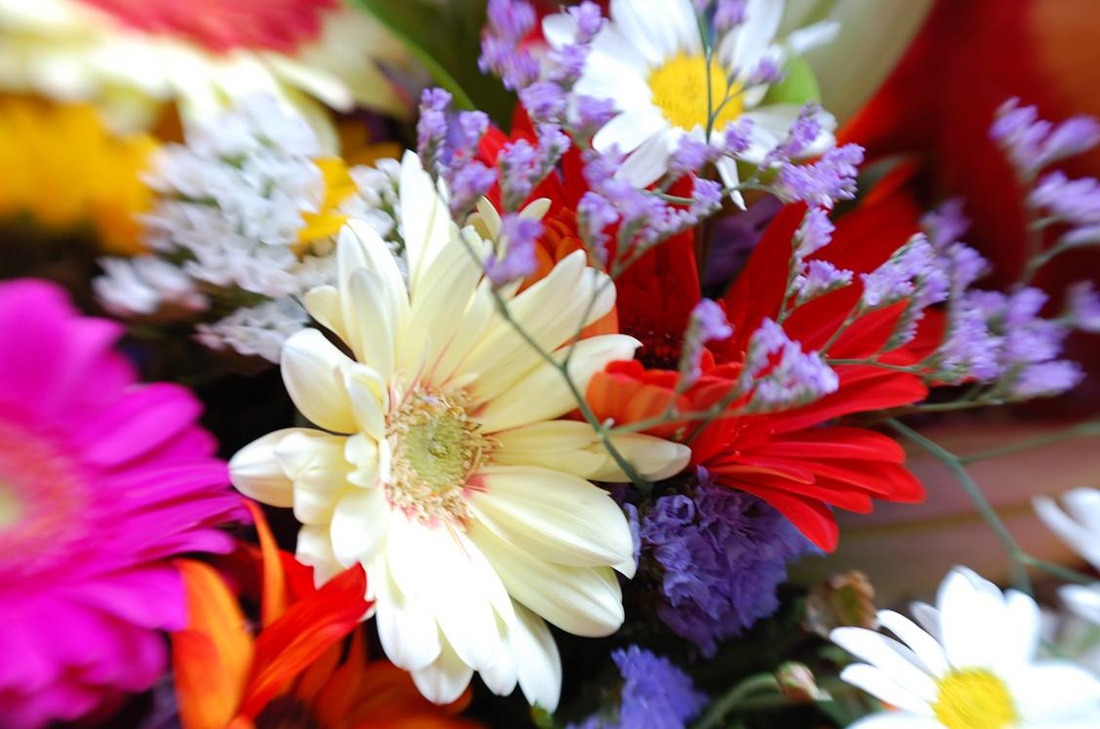
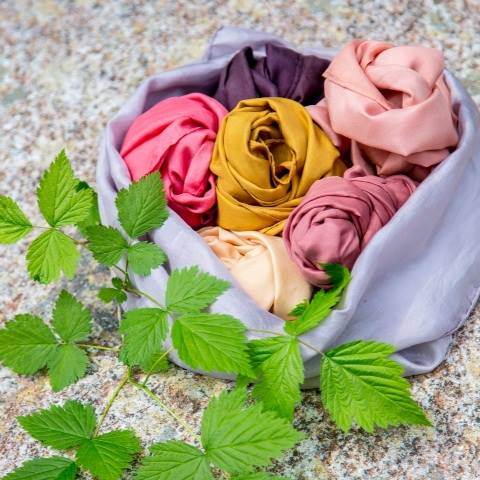
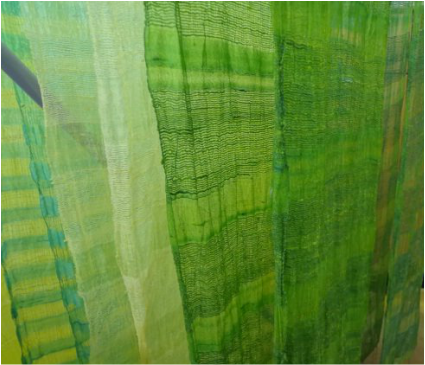
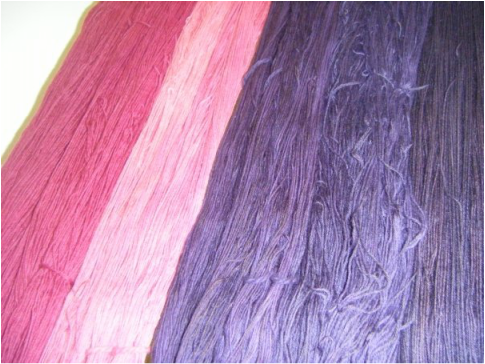
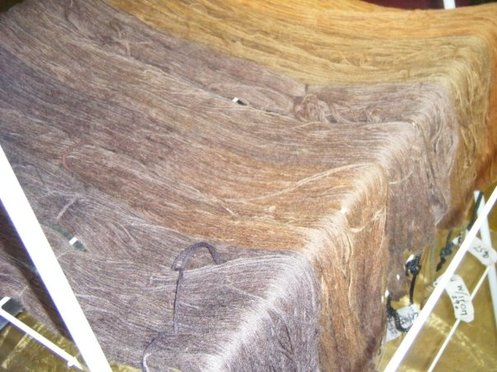
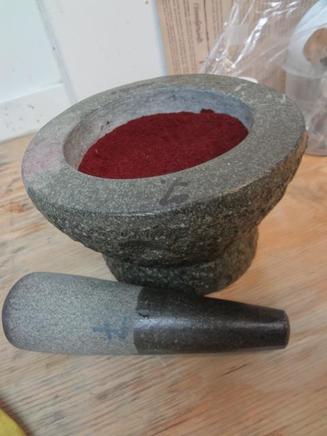
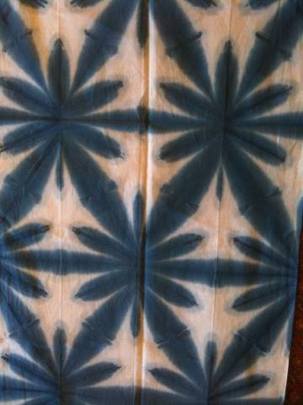
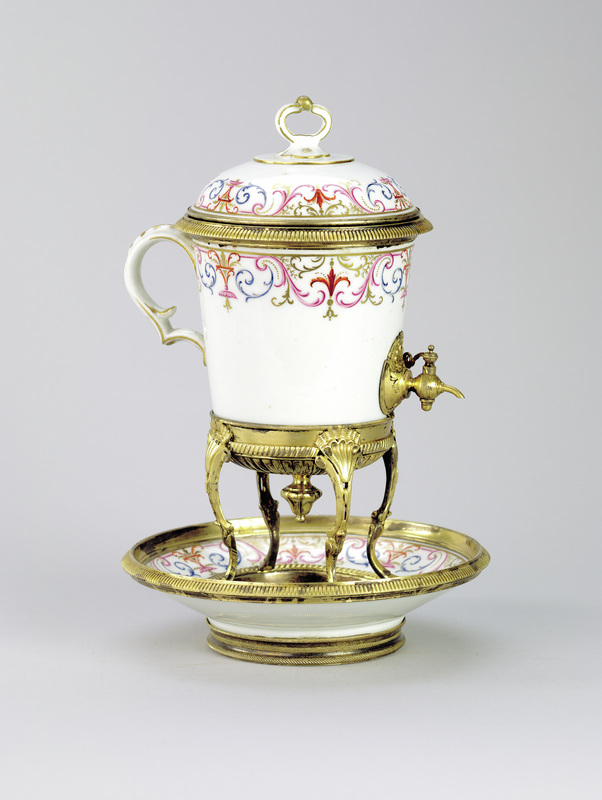
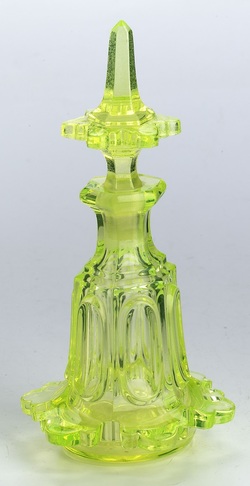
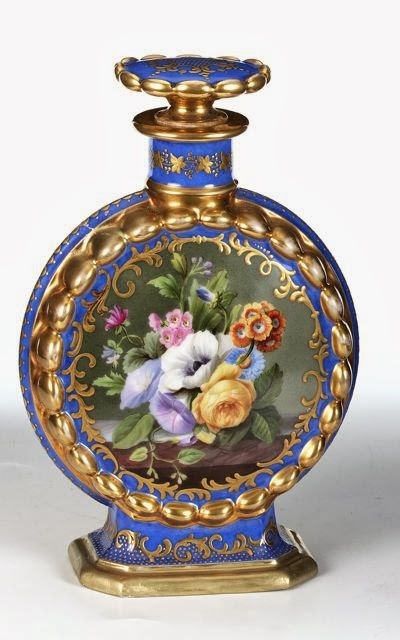
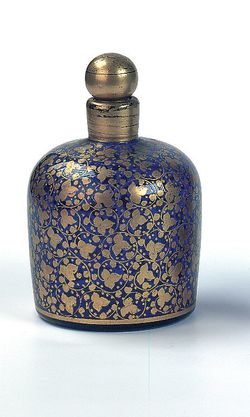
 RSS Feed
RSS Feed